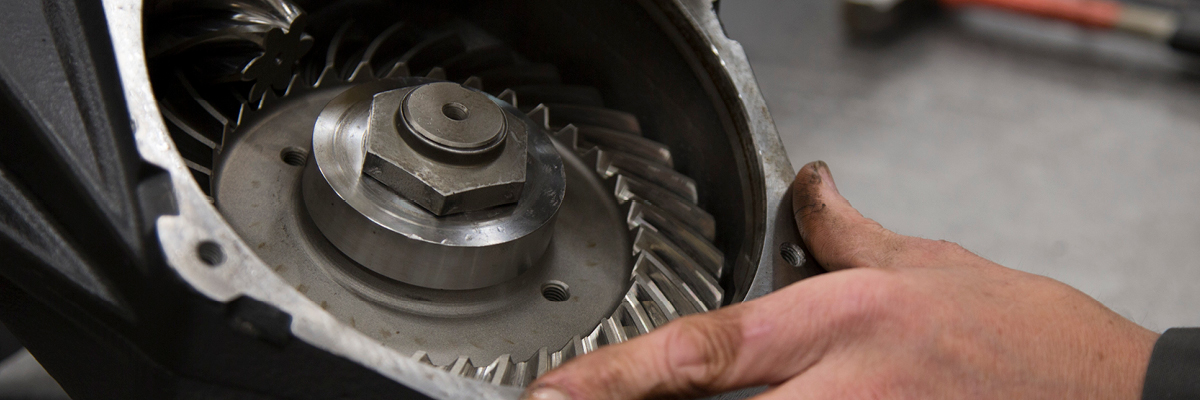
INSTALLATION CHECKLIST
1. When starting the installation, focus on centring the transmission centre axis. A perfect alignment will increase efficiency, extend the lifetime of the transmission and will prevent a ton of headaches afterwards.
2. Never, ever use a hammer when installing the transmission parts onto the output shaft. Otherwise, you will end up with damaged internal reducer parts. Also, don’t use rigid fixed couplings, because improper installation of this type of coupling will cause unnecessary external loads, which will cause damage to the bearing, and even break the output shaft.
3. When installing the gear reducer, follow the specific requirements to make sure that mechanics can still access the vent plug, oil mark and oil drain plug.
4. After the installation, always review the accuracy and reliability by pressing the fasteners.
5. Open the oil level plug screws according to the installation positions to investigate the oil level height. Let the system run for more than two hours and check if there’s no leakage, noise, shocks or vibrations.
GEAR REDUCER MAINTENANCE
To maintain the same reducer performance, the correct oil level is required. A lack of oil can cause gear or bearing failures. On the other hand, too much oil in the reducer results in air entrapment which can cause overheating. The ideal moment to check the oil level is when the reducer is not active and had enough time to cool down.
We also recommend a preventive maintenance process for changing the lubricant. Because every time the gear reducer is running, the lubricant oxidizes. This results in the creation of sludge and acids.
REMANUFACTURED OR NEW, HIGH-QUALITY GUARANTEED
Before our experts start replacing worn parts, they perform an impressive amount of tests. Our very own parts workshop is filled with different test benches: developed and constructed by experienced engineers, sometimes in collaboration with students. They simulate real-life working conditions, so we can use them to:
- Connect large automatic transmissions to a V8 diesel engine
- Connect small automatic transmissions to a hydraulic unit and the required electronics to continuously adjust the rotation speed and gears
- Monitor the operating pressure, torque converter pressure, pump pressure and gear change pressure
- Check the pressure build-up or drop during gear changes
After the tests, we always provide the customer with an extensive testing report.
Shop transmission parts





